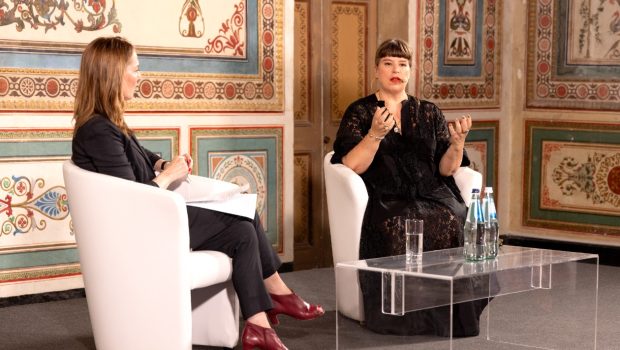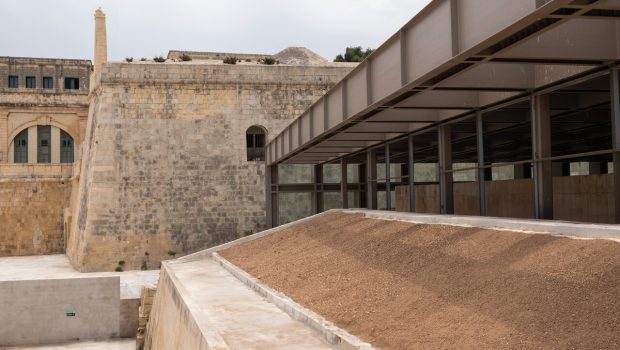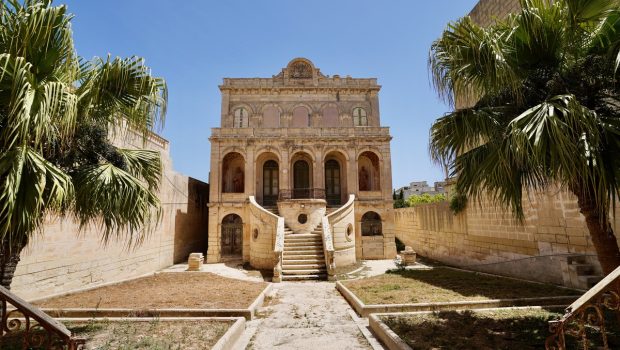The Infernally Mystical World of William Blake
A Biblical journey through William Blake’s world at Tate Britain
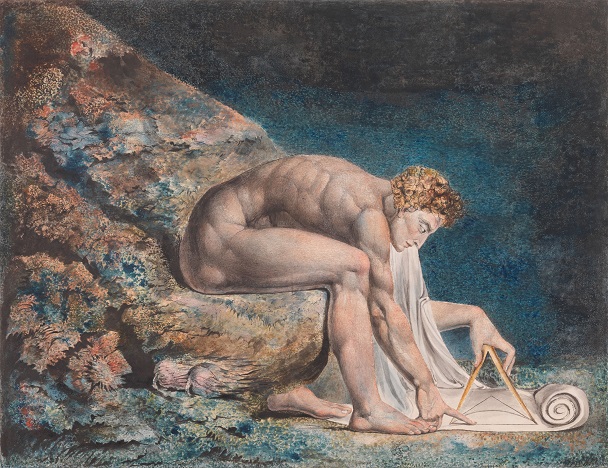
While on a flying visit to London, I managed to visit the current William Blake exhibition at the Tate Britain. Beautifully curated over five large rooms, the exhibition covers Blake’s life and development as an archetypal printer, engraver, water-colourist, and lithographer culminating in his illustrations for Dante’s Divine Comedy and the biblical Book of Job with its trials and tribulations.
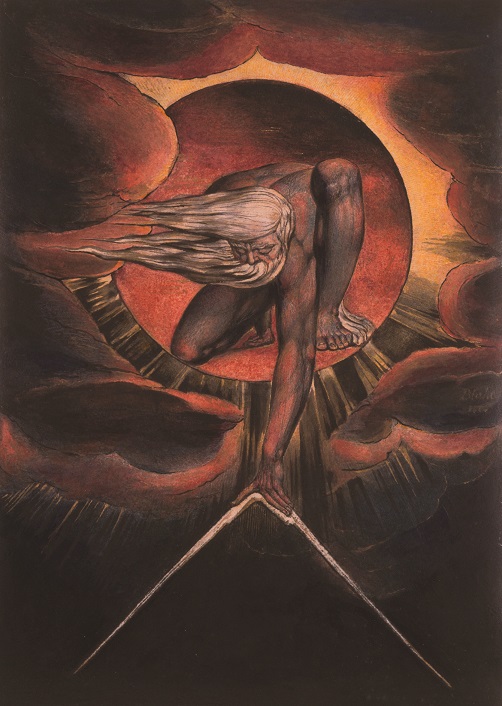
Born in 1757, Blake lived through the Ages of Enlightenment and Reason through the tumultuous period of the French Revolution and its side effects into the Romantic Age. He died in 1827, still considered to be either a visionary or a lunatic.
I personally love his work; whimsical, mystical, different; a plethora of adjectives can be applied to Blake’s work with its odd mixture of Christian and Biblical morality combined with pagan mythology.
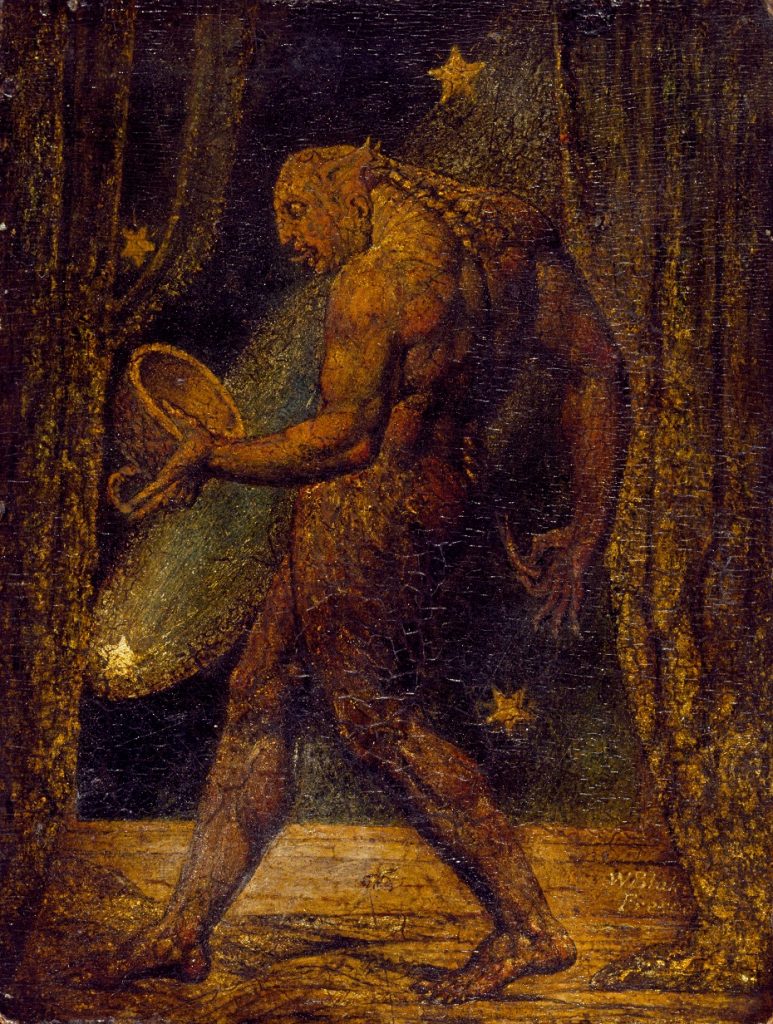
There are the great well-known works like Albion Rose from 1793, and the iconic Ancient of Days from 1821, which many art lovers would recognise instantly. Plus illustrations for great literary works, like The Pilgrims’ Progress. Three coloured engravings that I’d never seen before immediately caught my eye in the first room, entitled Blake as an Artist. Early works that echo the linear magic of Henry Fuseli depicting three scenes from the Story of Joseph. The Brothers bowing before Joseph wherein the prophet hides his face to avoid being recognised, Joseph ordering his brother Simeon to be bound, and Joseph revealing himself to his brothers.
I tend to be very emotionally led when it comes to my likes and dislikes in art but out of all the hundreds of works on display it was these three which somehow touched my heart. The Story of Joseph and his Amazing Technicolour Dreamcoat has, since Andrew Lloyd Webber immortalised it, been part of our youth and is in Blake’s own words a modern ‘song of innocence and experience’. What was indeed a voyage back in time for me was the story that as a child I had read so many times in my Children’s Bible, about how Joseph forgave his brothers for the terrible deed they had done to him when he was still a boy and the roundabout way that he did it.
For the record, I always found the Old Testament as exciting as Lord of the Rings when growing up; walls crashing down to the sound of rams’ horns, evil queens being eaten by dogs, seas parting and food falling from the sky; you name it, the Old Testament has it. But the Story of Joseph is like a calm oasis in a chronology of exiles, battles, plagues and other disasters which depicts an almost Christ-like human being, in an age when prophets thundered furiously or lamented endlessly!
William Blake is on at Tate Britain until 2 February 2020. www.tate.org.uk


